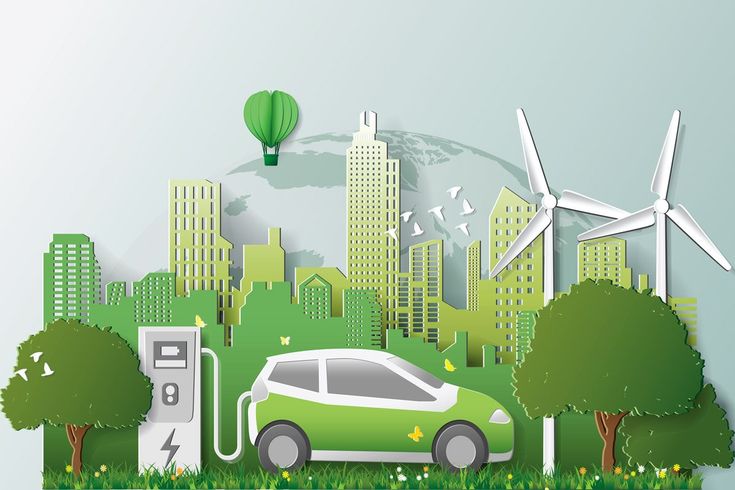Hybrid Electric Vehicles (HEVs) combine an internal combustion engine with an electric propulsion system, offering improved fuel efficiency and lower emissions. Building your own hybrid vehicle is a challenging but rewarding project that requires knowledge of automotive engineering, electrical systems, and battery management.
Step 1: Understand the Basics of Hybrid Technology
Before starting, familiarize yourself with the core components of a hybrid vehicle:
- Internal Combustion Engine (ICE) – Typically gasoline or diesel-powered.
- Electric Motor – Provides additional power and improves efficiency.
- Battery Pack – Stores energy for the electric motor.
- Power Control Unit (PCU) – Manages power flow between the engine, battery, and motor.
- Regenerative Braking System – Captures energy when braking and recharges the battery.
Step 2: Choose a Base Vehicle
Select a car that can be converted into a hybrid. Common choices include:
- Small, lightweight cars with good aerodynamics.
- Vehicles with ample space for battery and electric motor installation.
Step 3: Select and Source Components
You will need:
- A compact electric motor (for parallel or series hybrid configurations).
- A high-capacity battery pack (lithium-ion is preferred).
- A motor controller and inverter to regulate electric power.
- A regenerative braking system to recover energy.
- An engine control unit (ECU) and software to manage power distribution.
Step 4: Design the Hybrid Powertrain
Decide on the hybrid system configuration:
- Parallel Hybrid – Both the engine and electric motor drive the wheels.
- Series Hybrid – The engine only charges the battery, and the motor drives the wheels.
- Plug-in Hybrid (PHEV) – Allows external charging for increased electric range.
Step 5: Install the Hybrid System
- Mount the Electric Motor – Connect it to the drivetrain or wheels.
- Integrate the Battery Pack – Place it in a safe and well-ventilated location.
- Wire the Power Control System – Connect batteries, motor, and PCU.
- Modify the Braking System – Enable regenerative braking.
- Optimize Fuel Efficiency – Tune the ECU to balance engine and motor usage.
Step 6: Test and Optimize Performance
- Conduct diagnostic tests to ensure system compatibility.
- Monitor battery performance, charging cycles, and energy efficiency.
- Adjust software settings for optimal hybrid operation.
Step 7: Legal and Safety Compliance
- Ensure compliance with road safety and emissions regulations.
- Install fire protection measures for high-voltage components.
- Conduct rigorous safety testing before road use.
Conclusion
Building a hybrid electric vehicle requires technical expertise in automotive engineering and electrical systems. With the right components, design, and safety measures, you can create an efficient and eco-friendly hybrid vehicle.

